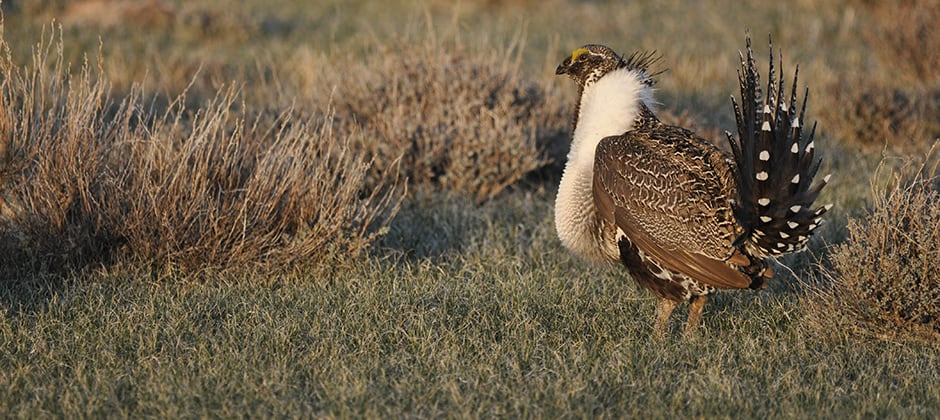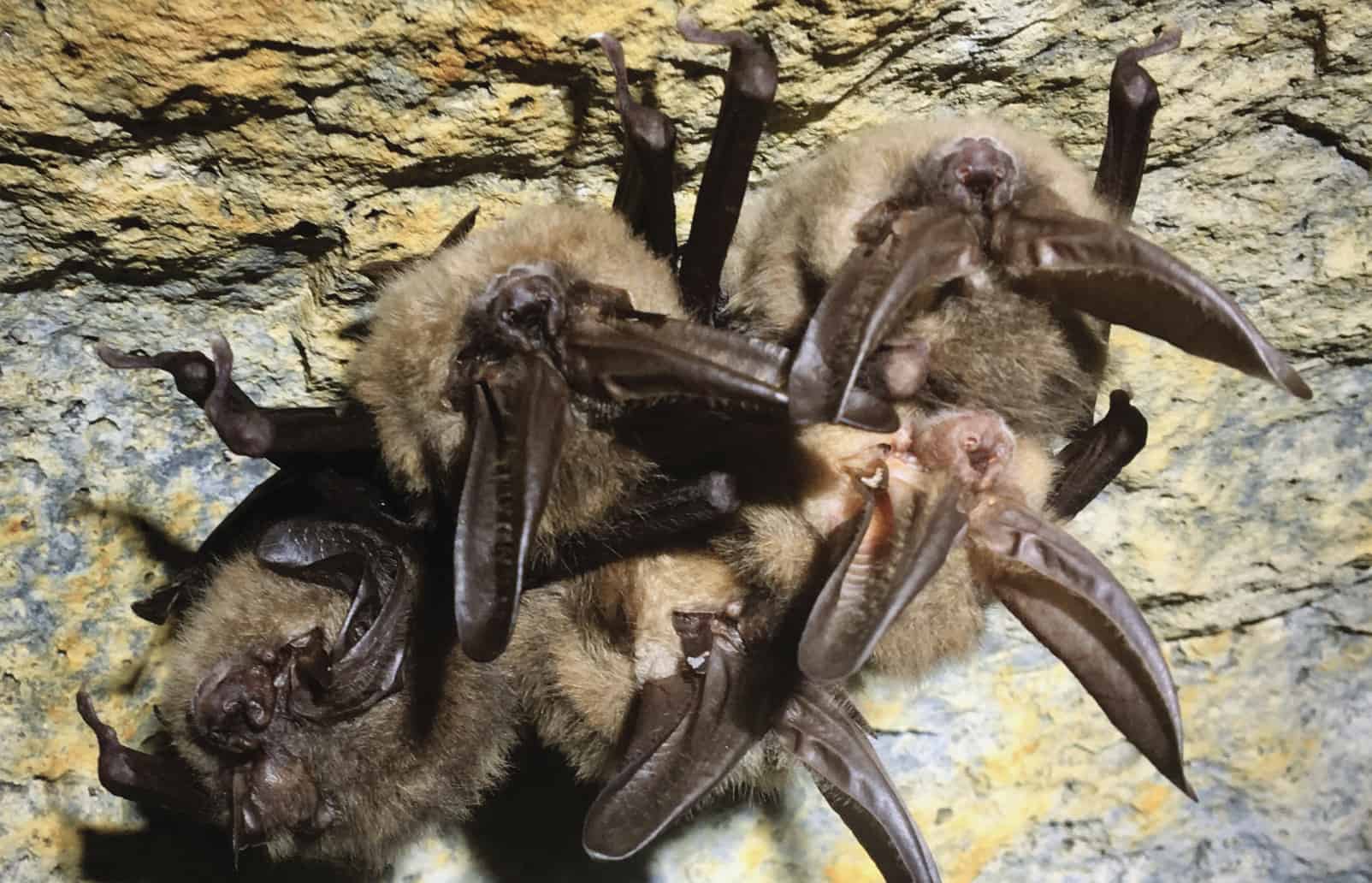Share this article
USFWS reconsiders listing California and Nevada sage-grouse
In Sept. 2018, a federal judge in California vacated the U.S. Fish and Wildlife Service’s 2015 decision not to list the greater sage-grouse (Centrocercus urophasianus) population along the California-Nevada border under the Endangered Species Act. Now, to implement court orders, the USFWS is reconsidering that decision, taking additional public comment, and proposing a new decision to list the bi-state population as threatened.
In March 2016, the Center for Biological Diversity and other groups sued the USFWS, arguing that the bi-state population of greater sage-grouse was in danger of extinction due to habitat loss from urbanization, conifer encroachment and changing wildfire patterns — the same threats identified by USFWS when it first proposed listing the population as threatened in 2013. The Service decided not to list in 2015 due to the success — and potential for continued success — of voluntary conservation efforts to benefit the sage-grouse.
The judge determined that since the bi-state population was still at risk, the 2015 decision not to list it under the ESA was inappropriate and ordered the agency to provide an additional opportunity for public comment and to issue a new final rule by October.
The Service has reopened the 2013 comment period on the proposed rule to list the bi-state population as threatened and the proposed critical habitat designation. It also announced the initiation of a new status review for the bi-state sage-grouse to determine whether it meets the definition of an endangered or threatened species under the ESA.
Comments will be accepted until June 11 on both the listing decision and the critical habitat designation. The USFWS intends to publish a final listing decision on or before Oct. 1.
Header Image: The U.S. Fish and Wildlife Service is reconsidering its decision not to list the bi-state greater sage-grouse population in California and Nevada under the Endangered Species Act. ©USFWS








